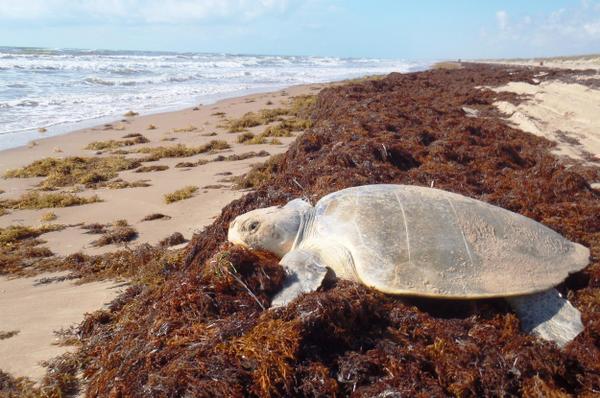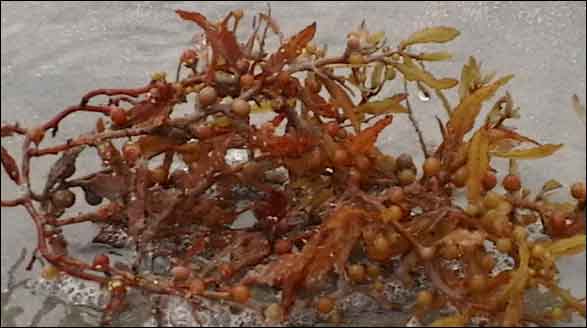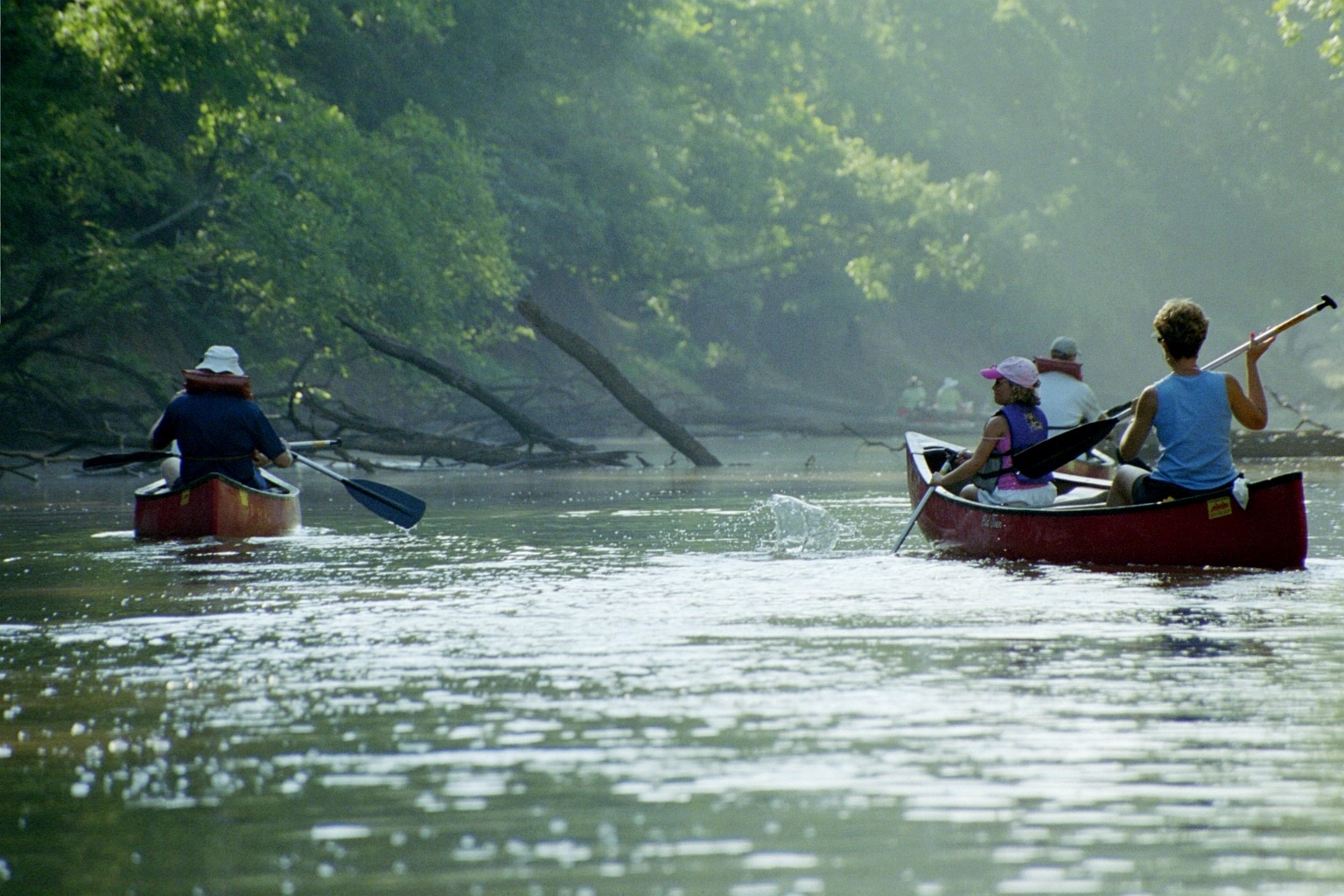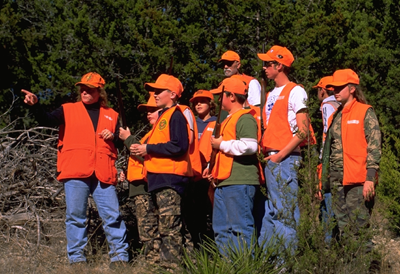TPW TV: Franklin Mountains Bike Trails
Monday, July 8th, 2013This is Passport to Texas
Catch a segment on the Texas Parks and Wildlife PBS TV series that puts you in the seat of a mountain bike on the trails at Franklin Mountains State Park: Producer Abe Moore.
48 – I went out there, and didn’t know what to expect as far as Franklin Mountains. But it’s actually mountains with hardcore mountain biking trails right in the city limits of El Paso.
Within city limits, this entire park here is about 26-thousand acres; over a hundred miles of trails from beginners on up to advanced.
And there’s some really technical trails there if that’s what you’re looking for. What does that mean? Technical is like serious drop in elevation, single track, with some turns and some moves to the left and moves to the right. They have that there.
You don’t even get a chance to just sit back and just peddle and relax; you’re always having to think about something: not to hit the rock, not to hit the cactus, not to fall off the cliff.
Danger Will Robinson.
Yeah, it was definitely an adrenaline rush going in. Some of the guys that I talked to when I went out there. You could see they were big burly guys; the ladies, too, for that matter. They could handle their business when it comes to mountain biking.
Thanks, Abe.
This show airs the week of July 14 on PBS stations; check your local listings.
That’s our show for today…with funding provided by Chevrolet, supporting outdoor recreation in Texas; because there’s life to be done.
For Texas Parks and Wildlife…I’m Cecilia Nasti.







 Passport to Texas is a
Passport to Texas is a  Passport to Texas is made available by:
Passport to Texas is made available by: